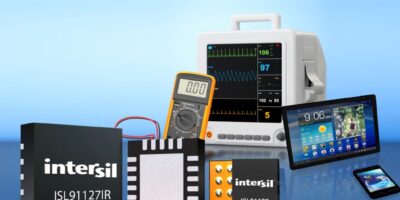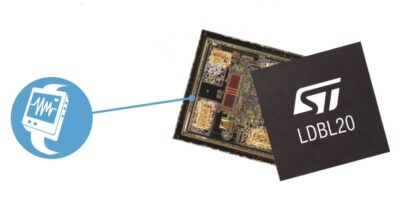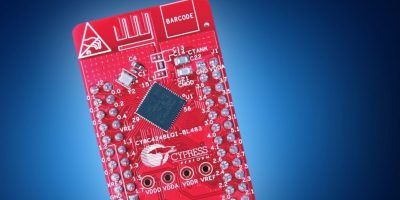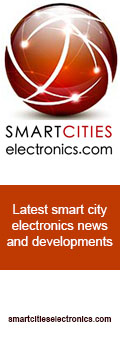Boasting up to 96 per cent efficiency and the industry’s lowest quiescent current, the ISL91127 and ISL91128 are suitable for low-voltage, battery-operated systems.
ICs & Semiconductors
Low dropout regulator is in bumpless CSP for flexible design
For wearable and portable devices and for flexible electronics such as multi-function connected smart cards, the LDBL20 is a 200mA low dropout (LDO) regulator in a 0.47 x 0.47 x 0.2mm chip-scale package (CSP).
Mouser offers Cypress’ CY8CKIT-143A PSoC 4 Bluetooth module
Distributor, Mouser Electronics, is shipping the CY8CKIT-143A PSoC 4 Bluetooth low energy (BLE) 256k module from Cypress Semiconductor. The certified Bluetooth low energy module can be used to create a complete BLE system with Bluetooth 4.2 features, namely data length extension, upgraded privacy, and enhanced security.
Mouser signs to distribute Torex Semiconductor
CMOS power management ICs from Torex Semiconductor are now available from Mouser Electronics following the signing of a global distribution agreement.
About Weartech
This news story is brought to you by weartechdesign.com, the specialist site dedicated to delivering information about what’s new in the wearable electronics industry, with daily news updates, new products and industry news. To stay up-to-date, register to receive our weekly newsletters and keep yourself informed on the latest technology news and new products from around the globe. Simply click this link to register here: weartechdesign.com







